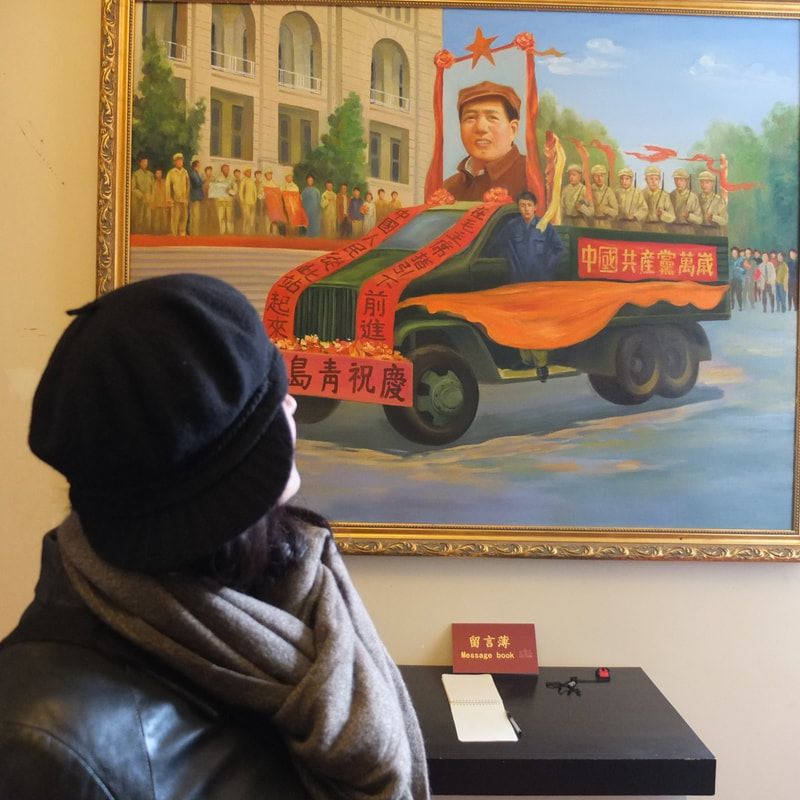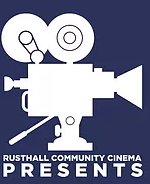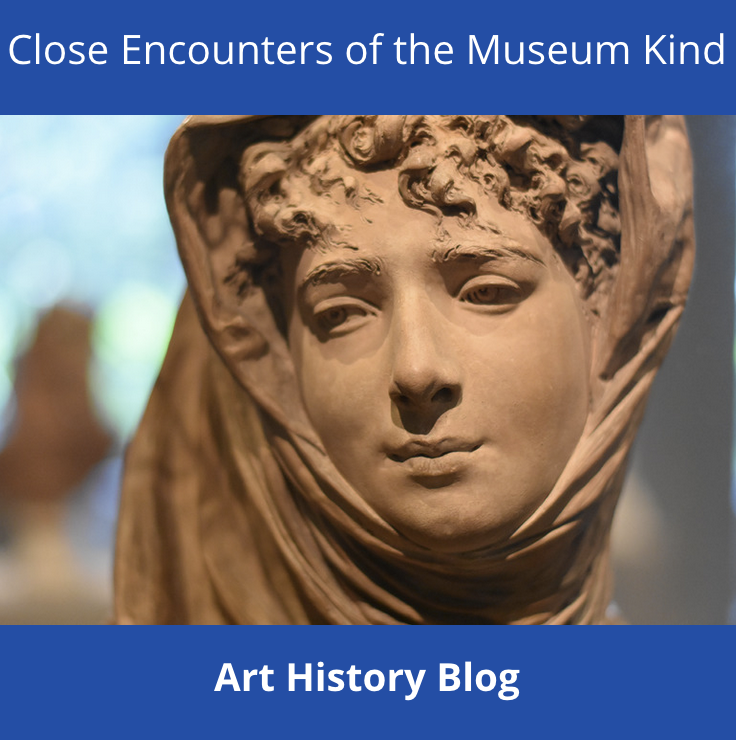|
You are FINALLY ready for your first interview. Here are some tips to help you plan a successful meeting. You can often re-do an interview, but often you cannot, so it is always important to prepare in advance. Even if you know your subject well, you still need to prepare for the interview. You'll be surprised by how they may be shy, reluctant to talk, or expect you to know the answers anyway. If you don't know your subject well, you need to get to know them. How Do You Prepare for a Documentary Interview? Get to know your subject Talk about the questions either in person, on the phone or by email. Make sure your subject feels comfortable and will give you the right to film and record them by asking them to sign a Release form. (You can change the release for the wording you want. This is a very simple release, which is really all you need.) Dora Ash Sakula, filmmaker, in an article for Raindance, recommends NOT doing a pre-interview. Others advise a pre-interview. I fall in between the two. We do need to explain what sort of documentary we are shooting and what we are looking for. One characteristic of human behaviour is curiosity and personally, I need to ask questions, probe, find out, feel my way around, so I will have already asked quite a lot of questions before taking out a recorder. Nevertheless, I do not want the subject to have to repeat the same things endlessly. This will tire them and the replies will not be so fresh or exciting. It is a balance between the two, I believe. John, whose grandmother I spoke about in the last workshop, was a "home child." John has agreed to an interview. However, yesterday when I said I would come round with the recorder, he hesitated. His face fell. I know I will take the recorder and will leave it in my bag. I will only record if he feels comfortable. If not, we'll talk, and he will show me the documents and photos he has. I cannot force anything. So in John's case a pre-interview might be necessary. Another few meetings will be important, despite being timid, John wants to share this story with me. A woman I met last year after my own brain surgery, whom I'll call Erin, will talk to me about her upcoming brain operation on the 27th July. We met in January We have chatted three times, and I recorded her, so I know her story really well. However, as the time nears for her to go in for the surgery - 16 September - her feelings will change, and it is that raw emotion I want to capture on camera. 2. Prepare the space you will do the interview in What type of interview and information are you looking for? What sort of style? Is it conventional with a very conventional backdrop? Or is it more relaxed, in someone's home as they go about their business? Whatever you choose, you will need to prepare certain elements.
However, here's an exception Filming at Chez Lise, a half-way house for mental health sufferers in Montreal was exciting and challenging. The aspect I loved the most was coming home and listening to the day's rushes. The audio was often a blend of far off murmurs, radios playing, laughter, shouting, the clatter of the kitchen, toilets, bathrooms. This is was the audio soundscape, full of surprises. So in the case of Chez Lise I would never want silence, this was the sound-backdrop. Below you will see an interview with Gordon, a resident. 3. Prepare the interview placement: camera and seating One really tough problem is controlling the gaze of your subject. The dream is to have someone look directly into your eyes, pierce you, remain controlled and in command. This is often not possible, as subjects often look to the side or shift around. Recently a friend from Mexico was being interviewed via Zoom. She kept darting her eyes around, looking away, down, or up from me, and the result was bad. Sadly, I will just use her voiceover. (Rodriguez, the singer, in Searching for Sugarman, wears dark glasses to hid his shyness. He finds it hard to look directly at the camera or director, but in this case it goes with the mystic of the singer and the storyline.) Errol Morris, documentary filmmaker, created a monitor called the "interroton" which worked as a two-way monitor, so the subject would be looking directly at him while having a chat, with eye-on contact, as they could see each. This was used to great effect in The Thin Blue Line. I would love to have one - but it is too expensive. So how to get your subject to look at you?
Framing You need to do a few trial runs to get the right framing. Often you will see the subject sitting to one side of the frame, not directly in the middle. However, slap bang in the middle might be an aesthetic decision. It is really up to you to decide. Again. TEST. TEST. TEST. (More on camera techniques here) James Galwey and myself filmed at Chez Lise, a half-way house in Montreal. James interviewed Gordon, one of the main subjects, about his love, Deanna, the other subject. James just let the camera roll without any interruptions. The result is a very powerful interview which I edited around. For this there was no pre-interview; however, Gordon knew us well and he trusted James. The interview starts at: I.01.28 - 1.07.11 Have a set of questions ready
Never push someone or put words into their mouth. Unless that is part of a script and you want them to narrate for you. It can be very emotional, especially if it is about a subject that is harrowing and touches them personally. (Such as John's grandmother.) Be patient, give it time, and often you get GOLD! EQUIPMENT FOR A ONE-PERSON TEAM 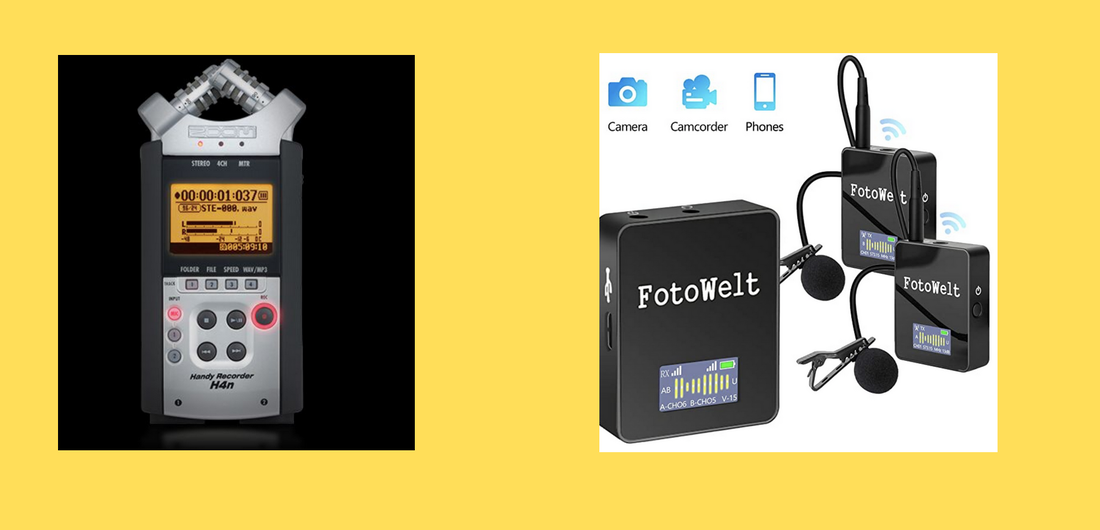 Zoom H4N © and FotoWelt © Zoom H4N © and FotoWelt © Often the camera mic or cell phone mic is not good enough, due to sound quality, but if that all you have for now, then that's all you have. As you prepare your basic film equipment, audio is so important. The above are two really good options for interviewing if funds are limited. The Zoom H4N is probably the better bet as it is an all-rounder. And use headphones so you can hear what is going on around. This YouTube video discusses the Zoom H4N's performance. So that's it folks. Thank you so much. I leave you with Betty at the finishing line . . . Thank you so much for passing by. Have a really great weekend. Happy interviewing! Please leave a comment - great to hear your ideas too. Love on ya! Jeanne  Painting. Laura Lavoie. Annie Sène Painting. Laura Lavoie. Annie Sène Here is Soaps & Sagas Storytelling Newsletter The current story is: "The Little History of The Postcard." part 3 The story of an amorous postcard exchange between Laura and Baptiste, Maine-Montreal, 1906. (non-creative fiction)
2 Comments
Jessica Shawn
10/12/2023 07:27:12 am
Be quick! Don't waste your time get grab these ❤❤ amazing vouchers <a href=" https://coupondonor.com/coupons/adulttime ">Learn more</a>
Reply
peter
1/3/2024 06:46:47 am
Explore the latest adult content at Pure Taboo. Watch the most interesting videos of attractive girls and boys ❤️🔥. <a href=" https://coupondonor.com/coupons/puretaboo ">Pure Taboo coupon code</a>
Reply
Leave a Reply. |
Jeanne PopeFilmmaker, teacher, traveller and storyteller
Other Links |
|
"Thank you dear Jeanne. It is an honour to have your creative thoughts which are printed in this film. With your love energy, passion and creative thoughts and encouragement this film can have its own soul finally. Thank you so much". Tao Gu - Taming the Horse
|
"Jeannette taught me the tools I needed, never having made a documentary before. She gave so much time, patience to show me, guide me and share her creativity and skills with me." Dr. Zou Qialing, Beijing Film Academy, Qingdao Campus
|
|




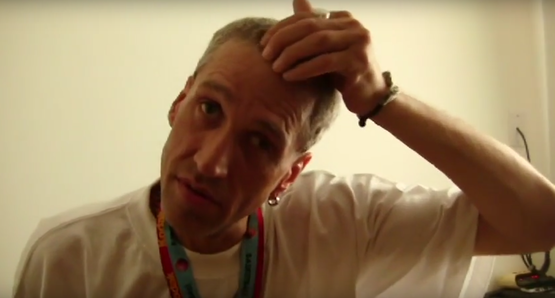
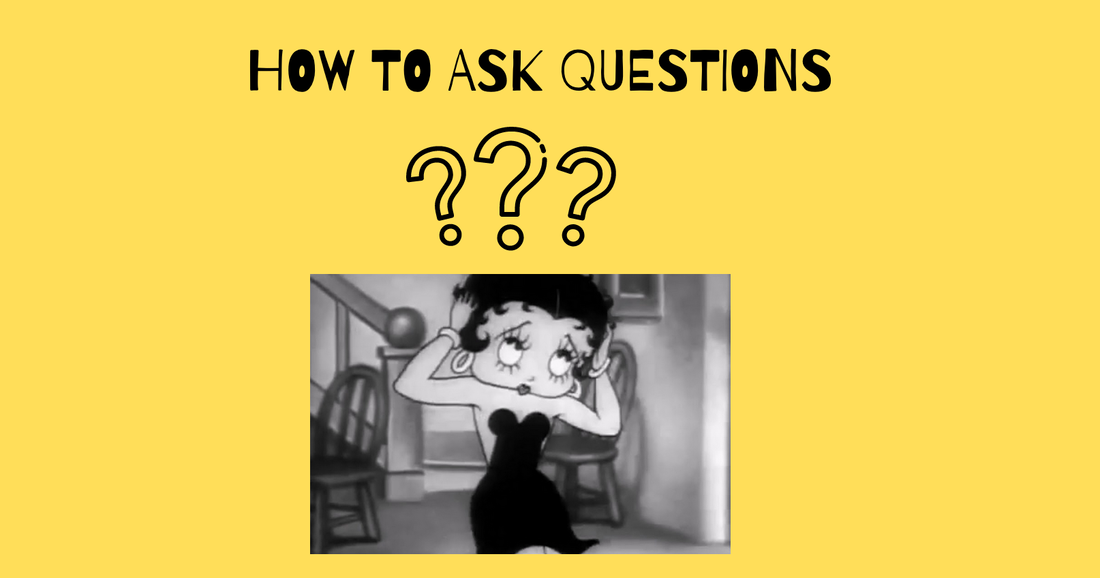
 RSS Feed
RSS Feed
